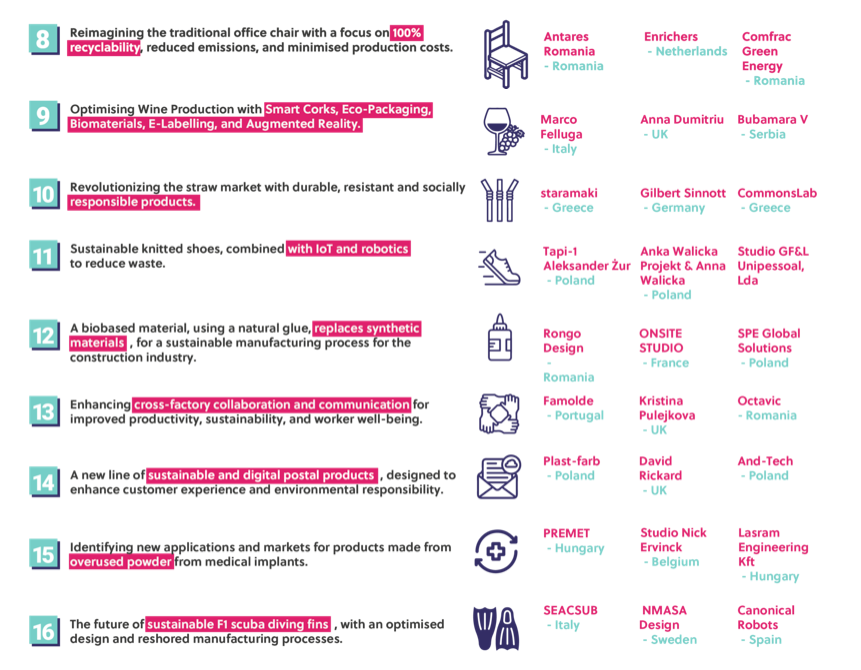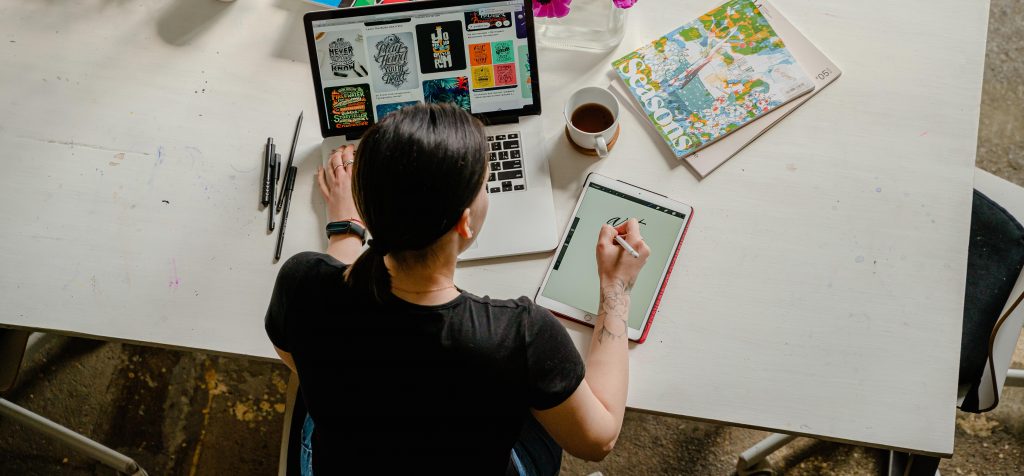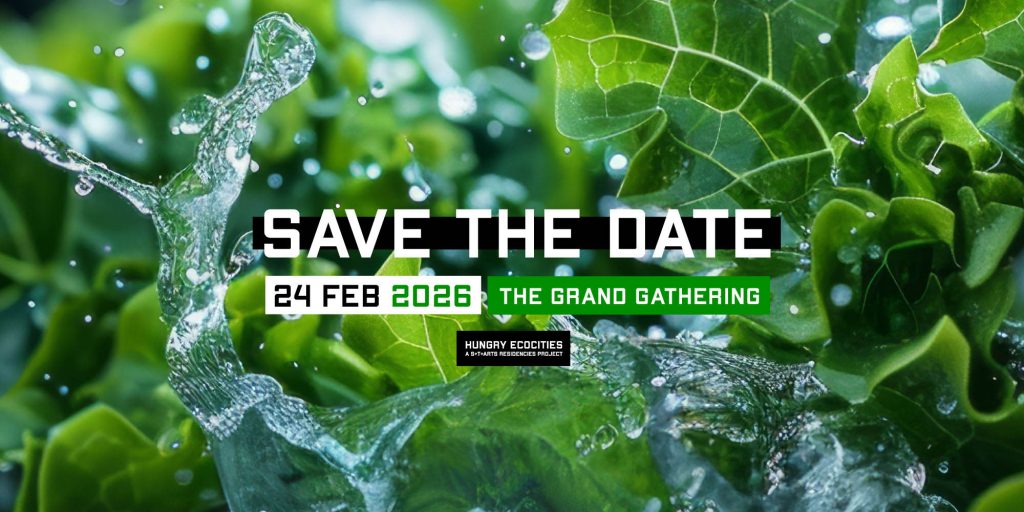Meet the artists taking part in Better Factory (round 2)!
Better Factory is a project funded by the European Commission, which supports manufacturing SMEs to collaborate with artists and technology providers to develop new and personalised products. The artists in each team play a crucial role – let’s find out more about them!
The 9 teams that passed through the second round of Better Factory received access to the Robotics and Automation MarketPlace (RAMP), training to re-skill staff, business support and mentoring, and to get up to EUR 200,000 funding, to conduct their experiments.
Meet the artists from round 2!
Through the Better Factory experiments, artists are able to collaborate with manufacturing SMEs for the redesign and co-creation of new products and services. Artists can spur innovations on the path to digital transformation with manufacturing SMEs, create new business opportunities and expand their portfolio.

Here is what they were working on:
OCCE
The Office Chair for a Circular Economy (OCCE) project focuses on rethinking an existing office chair from the manufacturer from the principles of circularity.
The artist in the project takes the existing chair and explore how the chair can be made circular: what materials can be used? How can parts be recycled, disassembled and reassembled? Can the chair maintain its ergonomic qualities once circular? How can as little media and materials as possible be used in mono-stream ways?
The OCCE project aims to demonstrate circular replacement product development for office chairs, highlighting insights on materials, connections, and more. It sets an example for transitioning away from fast furniture in the industry.
IOWA
The Internet of Wine and Art (IOWA) project focuses on revolutionizing the wine manufacturing industry in Italy by implementing IoT technology in wine barrels to enhance production and exploring innovative uses for wine waste, all while developing an e-labelling system, with the goal of improving productivity, product quality, and sustainability in winemaking, potentially benefiting the wider regional consortium of wineries in Italy.
The artist in the project will develop solutions and strategies for the recycling of waste from the wine production process for value-added artworks, products and designs. The aim is to connect waste literacy and product consumption through e-label. The artist will also explore and experiment with innovative bio-materials using wine waste including bio-textiles, paper, and bio-cellulose. These materials can be developed for diverse functional uses, such as packaging, architectural elements (also for the winery) or used by designers to inspire the wine industry to further explore the circular economy and reduce waste.
IOWA’s expected outcomes include demonstrating how both bringing the latest technology to ancient wine cellars and upcycling wine waste can lead to improved productivity, product quality control and sustainability for the wine making industry.
STARIOT
The Sustainabile Transition to Automation, Robotics and the Internet of Things (STARIOT) project will focus on professionalising the production of the wheat stems and expanding the product possibilities with straws made out of wheat stems.
The artist in the project will look at how algorithms can contribute to exploring the edges of the possible for this agricultural residue stream, taking as a starting point the constructional qualities of the stem. The algorithm the artist will develop will investigate how polyhedral mathematical forms can serve as blueprints for wheat stem product models.
The STARIOT project’s expected outcomes are a factory fit for scaling, through data-driven production and algorithm-driven product development of wheat stem agricultural waste products.
SHOES IN CIRCLE
The Shoes in Circle project aims to realize a custom circular shoe model, made through automation of the (re)manufacturing process, in combination with parametric design, adding the optionality for personalisation.
The artist in the project, drawing upon her fashion art background and expertise in designing shoes for European catwalks, applies her skills to craft shoes designed with circularity in mind. This endeavor seeks to envision the future of footwear, drawing parallels to how catwalk fashion inspires commercial fashion trends and how concept cars influence automotive manufacturing, ultimately yielding conceptual footwear designs and a production model tailored for robotic processing lines.
The Shoes in Circle project will result in concept footwear as well as a model for production on the robotic processing line.
MICOCRAFT
The Mycelium Ecological Cobot Crafting (MICOCRAFT) project focuses on pushing the boundaries of the possible in applying mycelium in construction, exploring how, using robots as our extended limbs, we can enter new domains of form and function for shapes and products made of mycelium.
The artist in the project will teach the robot new skills in an effort to produce new forms, inspired by nature, co-produced with nature, executed by industry 4.0 technological solutions.
The expected outcome of the MICOCRAFT project is an operational robotic contour crafting system, trained to create experimental products through human-robot collaboration, with potential applications in various manufacturing domains.
SMARTVIEW
The Smart Factory View (SMARTVIEW) project will develop and demonstrate a nature-inspired holistic interface for cross-factory cooperation.
The artist in this project will use VR and data analytics, sourced from interventions by the tech supplier, to build narratives around human-nature relationships in the context of the factory floor. In this way, the factory will be approached as an ecosystem, a natural environment inhabited by both humans and non-humans (machines), who engage in a complex grid of interactions and relationships, similar to a forest.
The SMARTVIEW projec’st expected outcome is a virtual/digital narration interface to translate production related data into opportunities for engagement and cooperation, most likely in the form of a virtual reality experience application.
SMARTENVELOPE
The SMARTENVELOPE project aims to produce a smarter security envelope, with the ‘smart’ aspect being approached from three different perspectives: smartness in the sense of digital connectivity; smartness in the sense of sustainability; and smartness in the sense of envelope lifespan and after life.
The artist in this project will be considering the role of the ‘global traveller’ – the envelope – and in doing so, exploring what the envelope is, where it goes, what is does, and how its life ends. These questions will lead to experiments on how to ‘smarten’ the envelope on different levels.
The project’s expected outcomes will be a series of prototypes for smart(er) envelopes, as well as a series of artwork the explore the movements of value, information, and envelopes.
3DARTDESIGN
The Artistic Innovation by Titanium 3D Printing (3DARTDESIGN) project will evolve around exploring possibilities for overused titanium through the development and introduction of a robotic station for post-processing.
The role of the artist in this project is to creatively explore the possibilities of overused medical-grade titanium powder, which is a challenging resource to repurpose. Working alongside the tech provider, the artist aims to find innovative uses for this material. This collaborative effort involves the development of a robotic station for post-processing, which not only addresses technical challenges but also offers opportunities for artistic exploration.
The expected outcome will be a series of objects which can be produced by the manufacturing SME in their factory to give value to titanium powder after it has lost its medical grade.
REFINE
The REFINE (Fins reshoring for a fine engineered factory) project aims to re-shore the design, production and innovation of scuba diving fins.
Through artistic experimentation and creative exploration, the artist will work on redesigning the existing fin product, with a focus on sustainability and innovation. This will involve utilizing a collaborative robot to bring the artist’s experiments to life.
The expected outcome of the project will be an improved manufacturing process, for the in-house production of the customisable, sustainable, (and possibly multi-functional) scuba diving fins of the future.
Stay tuned for our upcoming articles spotlighting the outcomes of the second round of Better Factory experiments!


